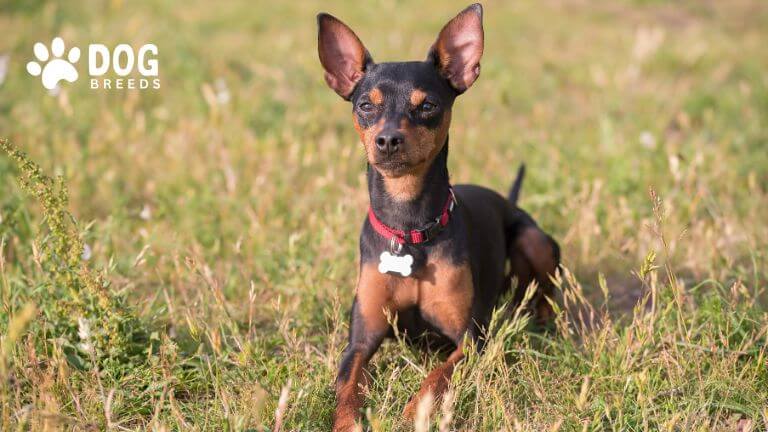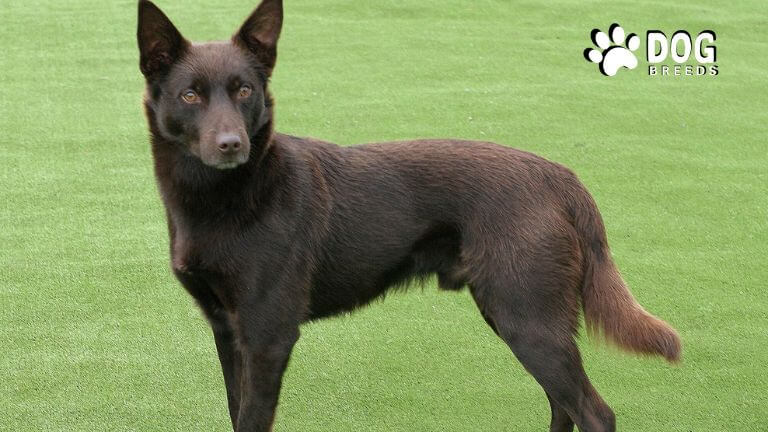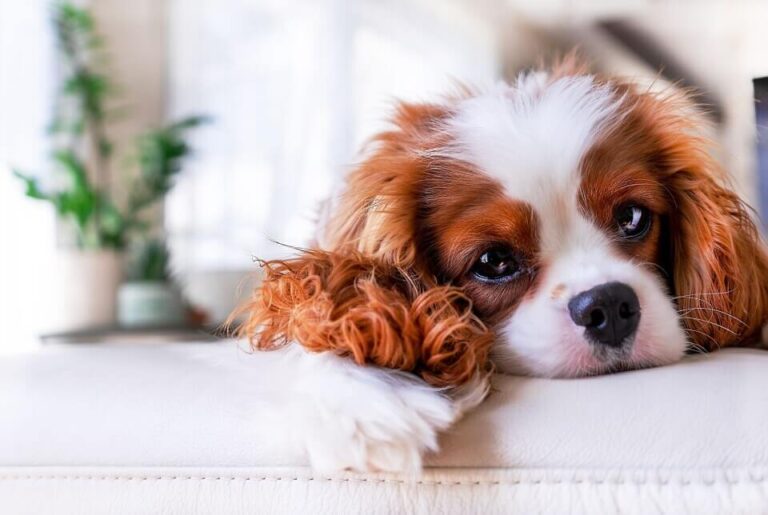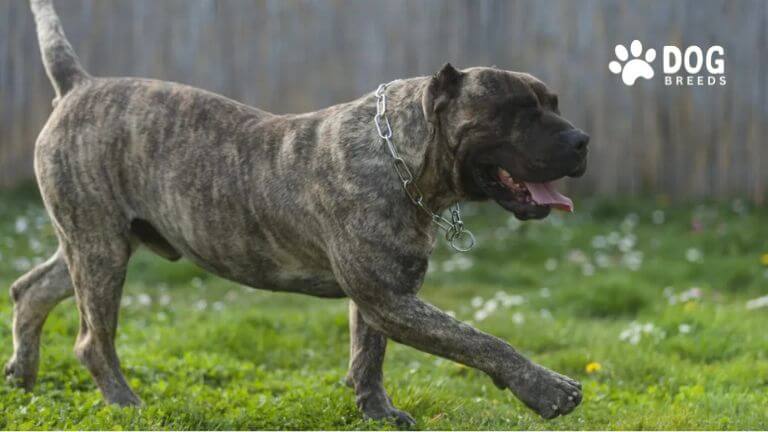Miniature Pinscher Dog Breed Guide: Temperament, Care & Traits
The Miniature Pinscher, often referred to as the “King of Toys,” is a spirited and confident breed known for its boundless energy and charm. Originating in Germany, this breed was initially developed to control rodents on farms.
Contrary to popular belief, it is not a miniature version of the Doberman; instead, it shares ancestry with the German Pinscher, Dachshund, and Italian Greyhound. Officially recognized by the American Kennel Club (AKC) in 1925, the Miniature Pinscher has since earned a reputation for its lively personality and elegant stature.
Miniature Pinscher Dog Breed Overview
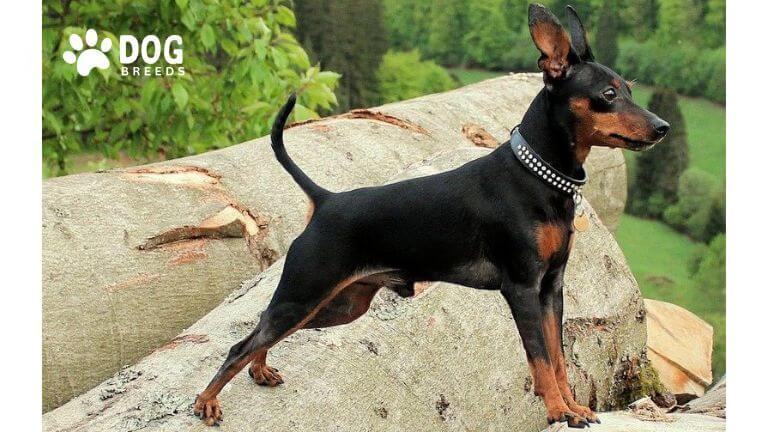
| Breed Name | Miniature Pinscher |
| Nickname | King of Toys |
| Origin | Germany |
| Historical Purpose | Vermin hunter, companion |
| Size | Small; 10-12.5 inches (height at the shoulder) |
| Weight | 8-12 pounds |
| Coat Type | Smooth, short, and shiny |
| Common Colors | Black and rust, chocolate and rust, red |
| Temperament | Energetic, confident, curious, and spirited |
| Lifespan | 12-16 years |
| Energy Level | High; requires regular exercise and mental stimulation |
| Key Traits | Intelligent, independent, alert, and playful |
| Suitability | Best for active families or individuals; requires consistent training |
| Health Concerns | Potential issues include patellar luxation, Legg-Calvé-Perthes disease |
| Grooming Needs | Minimal; occasional brushing and regular nail trimming |
| Social Compatibility | Friendly with proper socialization; may be wary of strangers |
Physical Characteristics
Miniature Pinschers are small dogs with a sleek and compact build. They typically weigh 8 to 12 pounds and stand about 10 to 12.5 inches tall at the shoulder. Their short, smooth coat comes in a variety of colors, including:
- Red
- Black and tan
- Chocolate and rust
- Blue and tan
Their physical traits include a well-defined, wedge-shaped head, dark oval eyes, and high-set ears that may stand erect or fold over naturally. The breed is renowned for its high-stepping gait, often likened to a horse’s trot, which adds to its dignified appearance.
Temperament and Personality
Miniature Pinschers are confident, curious, and spirited. They are known for their independence and strong-willed nature, which can sometimes make them appear stubborn. Despite their small size, they exhibit a bold attitude and enjoy being the center of attention. These dogs are highly social and thrive in active households. They do well with families and can get along with children if properly socialized. However, due to their energetic nature, supervision is recommended during interactions with young kids.
This breed is also alert and vocal, making it an excellent watchdog. While they can coexist with other pets, their high prey drive may pose challenges around smaller animals.
Health and Lifespan
Miniature Pinschers are generally healthy dogs with a lifespan of 12 to 16 years. However, they can be prone to certain hereditary health issues, such as:
- Legg-Calve-Perthes Disease: A condition affecting the hip joint.
- Progressive Retinal Atrophy (PRA): A degenerative eye disease.
- Luxating Patella: Dislocation of the kneecap.
- Epilepsy: A neurological disorder causing seizures.
Routine veterinary check-ups, a balanced diet, and maintaining a healthy weight are essential for preventing and managing these conditions. Early detection and treatment can improve their quality of life.
Care Requirements
Caring for a Miniature Pinscher involves addressing their physical and mental needs:
- Grooming: Their short coat requires minimal maintenance. Weekly brushing and occasional baths will keep them clean. Regular nail trims, ear cleaning, and teeth brushing are also essential.
- Diet: A high-quality dog food tailored to their age, size, and activity level is recommended. Avoid overfeeding, as they can become prone to obesity.
- Exercise: These energetic dogs need at least 30 minutes of physical activity daily, including walks and playtime. Mental stimulation, such as puzzle toys and training exercises, is equally important to prevent boredom.
Training and Socialization
Miniature Pinschers are intelligent but can be independent, making consistent training essential. Positive reinforcement methods work best. Early socialization is critical to help them adapt to various environments and prevent behavioral issues like excessive barking or aggression. Enrolling them in obedience classes or exposing them to different people, pets, and situations early on will help them grow into well-behaved companions.
Interesting Facts
- Miniature Pinschers are sometimes called the “escape artists” of the dog world due to their ability to squeeze through small spaces.
- They were featured at the Westminster Kennel Club Dog Show as early as 1929.
- Their distinctive trot is a result of their unique conformation and energetic personality.
There are plenty of dog breeds to suit all kinds of lifestyles and homes. With a little research, you can find your next best friend!
FAQ
Is a Miniature Pinscher a good family dog?
The Miniature Pinscher can be a good family dog for the right household. They are energetic, loyal, and intelligent, thriving in homes where they receive ample attention and stimulation. While their playful nature makes them suitable for families with older children, their small size and spirited demeanor may not be ideal for very young kids. Proper training and socialization are key to integrating them into family life effectively.
Do Miniature Pinschers bark a lot?
Yes, Miniature Pinschers are known for being vocal. They tend to bark frequently, often to alert their owners to strangers or unusual activities. Early training can help minimize excessive barking, but their watchdog instincts remain strong.
Are Miniature Pinschers expensive?
The cost of a Miniature Pinscher can vary. Purchasing a puppy from a reputable breeder typically costs between $1,000 and $2,000, depending on pedigree and location. Additional costs include food, grooming, regular veterinary care, and potential health treatments, averaging $500 to $1,500 annually.
Are Miniature Pinschers high maintenance?
Miniature Pinschers are moderately high-maintenance. They require daily exercise and mental stimulation to channel their energy constructively. Grooming is relatively simple, as their short coat only needs occasional brushing. However, their independent and spirited nature requires consistent training and supervision to manage behavior effectively.
- Why Are Dalmatians Not Popular? Uncovering the Truth Behind the Rarity of This Iconic Breed - April 16, 2025
- Top 15 Chinese Dog Breeds: Discover the Best Dogs from China - April 14, 2025
- Dalmatian Dog Breed: History, Care, Personality & Health - April 3, 2025
